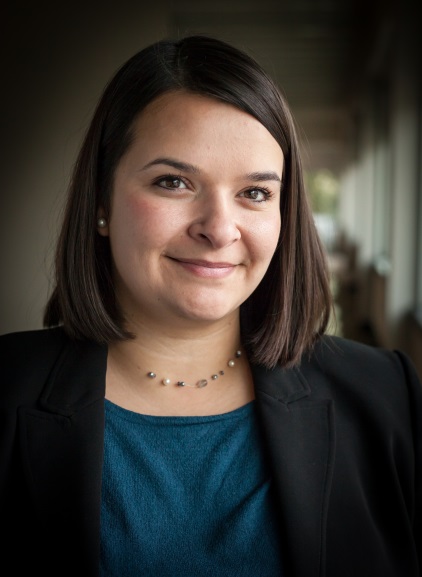 Jennifer Workman, AIA, is an associate with Good Fulton & Farrell in Dallas, Texas.
Jennifer Workman, AIA, is an associate with Good Fulton & Farrell in Dallas, Texas.
Recently, W&C sat down to talk to Workman about her career.
W&C Architect: How many years do you have in the profession?
Workman: I have been working full time in several firms since graduating from college 11 years ago but I've been working in architecture firms since I was 16. My exposure at an early age solidified that I wanted to study architecture in college.
W&C Architect: What is your work history in this field?
Workman: Upon graduating I moved to Dallas and found myself at Good Fulton & Farrell where I am now an Associate. I love where I work because they have given me a variety of challenging projects and they have supported all of my interest with leadership roles within the AIA at the local, state and national levels. In 2008, they gave me an amazing opportunity to work with Morphosis Architects in their California office on the Dallas based Perot Museum. After returning to Dallas, I worked on site during the construction phase. This was an immeasurable experience that allowed me to grow as an architect. All of my endeavors garnered me an AIA Young Architect Award in 2013 and Building Design + Construction's 40 under 40 in 2014.
W&C Architect: Where did you go to school?
Workman: I went to the University of Texas at Austin and graduated with a Bachelor of Architecture.
W&C Architect: Did you have a specialization?
Workman: I didn't have a specialization but during my semester abroad in Europe, I focused on museums which served me well with the Perot Museum with Morphosis.
W&C Architect: Do you approach architecture from an artistic or functional starting point? Are the two concepts exclusive?
Workman: I approach architecture from a functional starting point. A project can be beautiful but make no sense to the user when occupied. I think that art can happen in the details. The smaller aspects of the whole that are designed well make something outstanding to me.
W&C Architect: If any, who are your role models?
Workman: I have many role models because I have worked with such great people in my professional career. The main characteristics that each of them have are that they are patient teachers who enjoy making someone better in the field of architecture. They set aside ego and time to educate and they have a strong work ethic that borders the line of a work-a-holic.
W&C Architect: What projects, other than your own work, do you find inspiring?
Workman: I find successful community based projects inspiring. It has been phenomenal to watch Dallas grow into a destination because of a multitude of successful urban projects that have invited people back to the city. I love driving through downtown on the weekends or evenings and seeing the streets crowded with people.
W&C Architect: How many buildings have you designed?
Workman: I have designed or worked on over 20 projects. I might have had more under my belt but the Perot Museum occupied four years of my time.
W&C Architect: If you had to choose one to represent your work, what project would you choose?
Workman: Choosing one project to represent my work is difficult. I am very proud of my work on the Perot Museum but I was working under Morphosis' direction. Since returning to GFF, I managed a team to design and construct a large high-rise apartment on a prominent precipice in Dallas.
W&C Architect: What are your guiding principles when designing a structure?
Workman: I think it is very important to think of a building holistically. Every change can ripple through the building if you are not careful so it is important to know what you are doing on a larger scale and what your change really affects. This is one reason I like working in 3D.
W&C Architect: If you could have any building to redesign—anywhere in the world—which would you like to address?
Workman: I would have loved to work on the new redesign of the World Trade Center. The history and memory that encompass this site would have been humbling.
W&C Architect: What types of products interest you?
Workman: After working on the Perot Museum, I am fascinated by concrete and what I never knew it could do. It is not just about the inherent strength but the color, texture and form it can take. It can be complicated and temperamental but when all the pieces come together, it is beautiful.
W&C Architect: What types of products in the wall and ceiling industry really interest you?
Workman: I really enjoy a level five finish on a gyp board wall. I like it so much that I am refinishing my walls this way in the home I am remodeling. I also like high quality ceilings that can aid in making systems go away. Hunter Douglas ceilings do just that.


